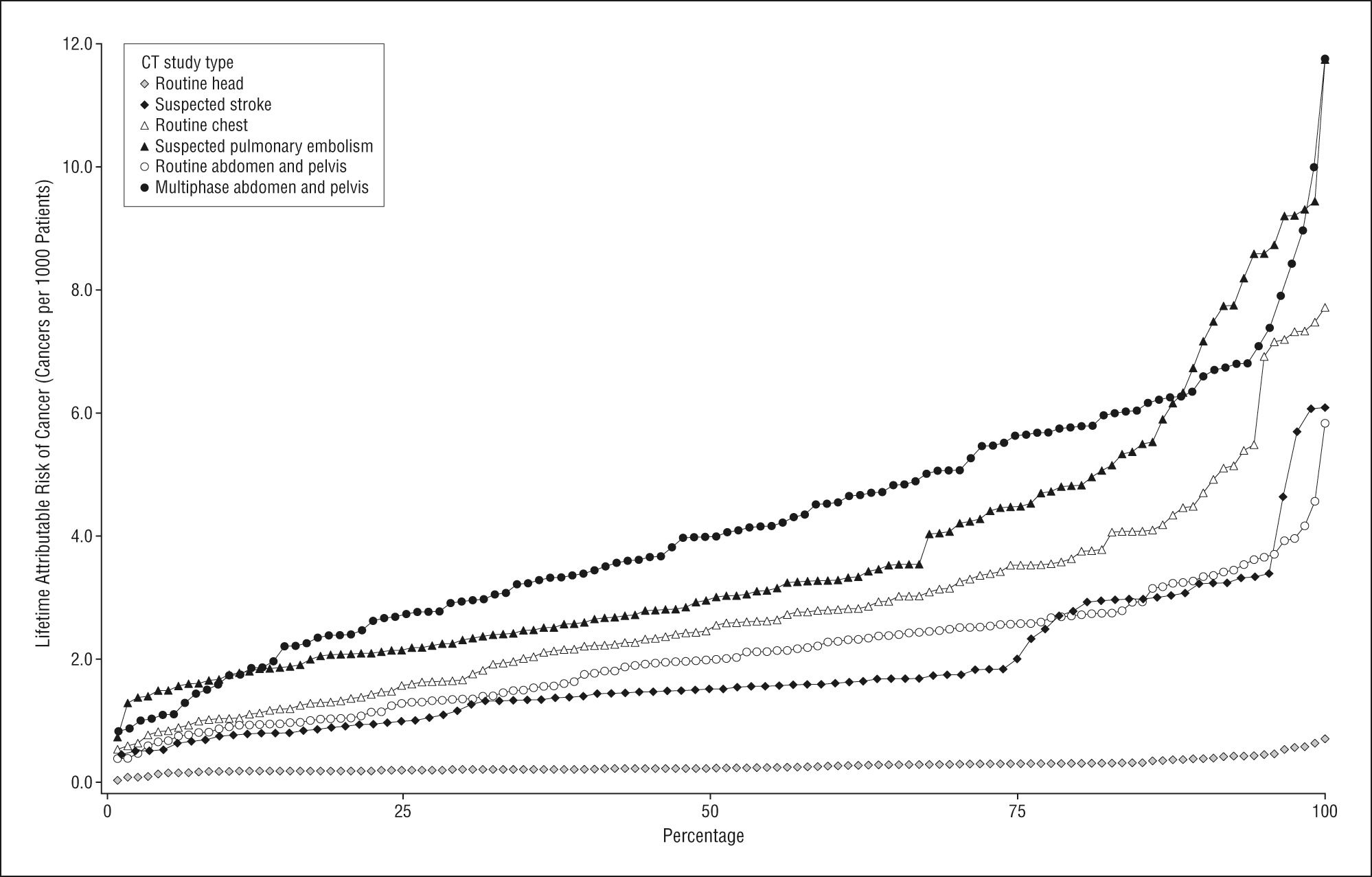In November 2008 I wrote a blog post called How do you read papers?
Front Matter
ORCID stands for Open Researcher and Contributor ID and was announced in early December. This blog post tries to summarize some of the problems that have to be solved to develop a unique identifier for scientists.
Sustainability in science is nothing new. The term sustainability science was probably first used in 2001 (see Wikipedia entry), and the title of this blog post was already used by a 2002 editorial in Science . There are both journals (Sustainability: Science, Practice & Policy, Sustainability Science) and conferences (e.g. here and here) about this topic and you can get a degree in sustainability science.

Two papers (this and this) and an editorial in the latest issue of Archives of Internal Medicine examine the cancer risks associated with the use of computed tomography (CT) examinations. 1 Ionizing radiation increases the risk for developing cancer. There is direct evidence from atomic bomb survivors in Japan in 1945 and from nuclear accidents such as the one in Chernobyl in 1986.
Earlier this month I gave this talk in my department. It is basically a summary of two blog posts that I wrote in October during Open Access Week (Open Access Week: a researcher's perspective part I and part II), and I had given a similar talk in November in an Open Access workshop organized by the Helmholtz Association.
Nature Communications is a new journal that will launch in Spring 2010. The journal will publish papers in all areas of the physical, chemical and biological sciences and is open for submissions.
Last week the New England Journal of Medicine (NEJM) published a paper on selective outcome reporting in clinical trials (Vedula et al. 2009). The primary and secondary outcome(s) of a clinical trial could for example be survival in cancer patients or rate of heart attacks and other cardiovascular events in patients taking cholesterol-lowering drugs.
In September PLoS started to show usage data (downloads, citations, but also use of social bookmarking services and blog posts) for all their published papers (article-level metrics at PLoS: addition of usage data). PLoS is not the first publisher to do that, but certainly the largest to date.

PubMed Central was launched in February 2000 by the U.S. National Institutes of Health (NIH) as a free digital archive of journal articles. Just as PubMed, PubMed Central covers research in the life sciences, but not other areas of research, e.g. engineering, physical sciences or astronomy.
This week (October 19-23) is Open Access Week – a good opportunity to think and write about this topic. On Monday I wrote in a blog post: In that blog post I then wrote about the role of the researcher as a reader.
This week (October 19-23) is Open Access Week: Open Access Week is an opportunity to broaden awareness and understanding of Open Access to research, including access policies from all types of research funders, within the international higher education community and the general public. The following video from SPARC (the Scholarly Publishing &